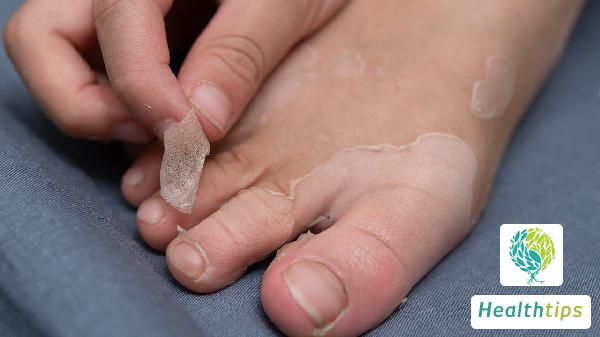"What Are the Common Symptoms Experienced by Gout Patients?"
Gout: A Disease Caused by High Blood Uric Acid Levels Leading to Urate Crystal Deposition in Joints

Gout is a disease triggered by the deposition of uric acid crystals in joints due to excessively high levels of blood uric acid. Patients with gout typically experience symptoms during both acute attack phases and chronic intermittent phases.
Symptoms During Acute Attack Phases:
- Pain: The classic manifestation of gout is the onset of acute arthritis, typically occurring suddenly at night. Affected joints and surrounding tissues become red, swollen, hot, and painful, with the first metatarsophalangeal joint (big toe joint) being the most common site, followed by the ankles, knees, and other joints.
- Fever: Some patients may also experience fever, with temperatures reaching over 39°C, accompanied by symptoms such as headache and palpitations.
- Limited Mobility: Due to severe pain, joint function becomes restricted, making it difficult to walk or stand normally.
Symptoms During Chronic Intermittent Phases:
- Subcutaneous Nodules: If the condition is poorly controlled, tophus (gout stones) may form, manifesting as subcutaneous nodules of varying sizes that can appear on the auricle, dorsum of the foot, elbows, and other locations.
- Renal Complications: Prolonged untreated gout may progress to affect kidney health, potentially leading to the development of kidney stones or ureteral stones.
In addition to the above, failure to receive timely and standardized treatment can result in joint deformities and even disability. Therefore, it is recommended to actively cooperate with doctors for targeted treatment upon diagnosis to avoid disease progression. In daily life, it is also essential to maintain a reasonable diet, prioritizing low-purine foods such as fresh fruits and vegetables like apples, oranges, and cucumbers.



















